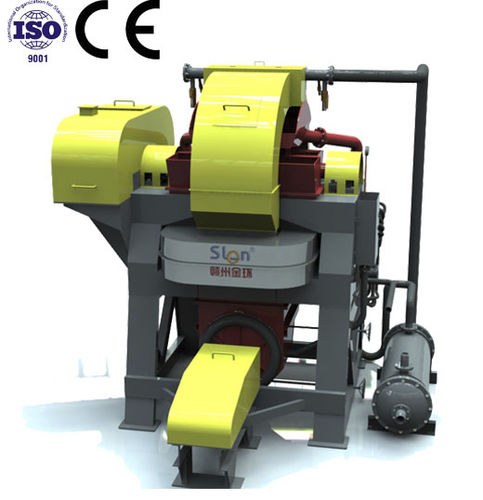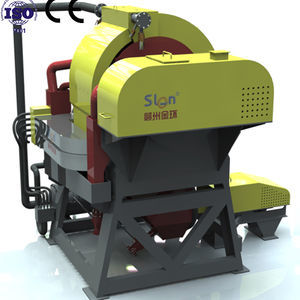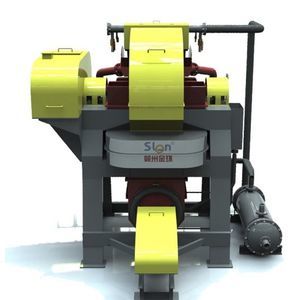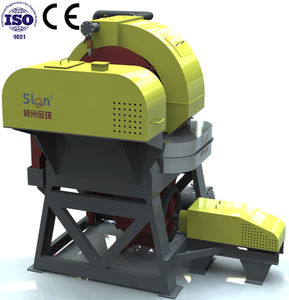
- Packing - Handling - Logistics
- Conveying
- Magnetic separator
- Slon Magnetic Separator Ltd.

- Products
- Catalogs
- News & Trends
- Exhibitions
High-gradient magnetic separator SLon-2250particleprocesswet
Add to favorites
Compare this product
Characteristics
- Technology
- high-gradient magnetic
- Separated substance
- particle
- Application domain
- process
- Other characteristics
- wet, high-intensity
- Length
2,910 mm
(115 in)- Width
3,200 mm
(126 in)- Weight
9 t
(9.92 us ton)
Description
In recent years, with the rapid development of the global new energy industry, the demand for cobalt is increasing, which greatly exceeds the supply of cobalt. Therefore, how to improve the production of cobalt is a huge problem in modern society. In most cases, cobalt always exists at the form of associated minerals, among which copper-cobalt ores is the main source of cobalt.
In practical applications, flotation is the common method to separate cobalt from copper-cobalt ore enrichment. However, copper-cobalt ores are characterized by complex composition, fine dissemination particle size, easy slime, high content of harmful impurities and poor floatability. It’s difficult for the recovery rate to reach more than 60%, which causes a large amount of resource waste and a high cost of beneficiation. Because cobalt contains weak magnetism, and some of them are distributed in magnetic minerals such as iron ore at the form of isomorphism or mechanical inclusions in copper-cobalt ore, it’s feasible to adapt magnetic separation to recycle valuable copper-cobalt elements.
Based on this, SLon developed a new processing technology of flotation combined with magnetic separation, to recover copper and cobalt from flotation tailings. First of all, in view of the problem that the use of a large number of agents in the front end of the flotation process will lead to the blockage of the medium box, we optimized the design of the separation area to solve it.
Related Searches
- Solid classifier
- Centrifugal classifier
- Liquids separator
- Eddy current separator
- Sorting machine
- Process classifier
- Automatic sorting machine
- Classifier for the recycling industry
- Particle classifier
- Optical sorting machine
- Separator for the chemical industry
- Compact classifier
- Dry classifier
- Magnetic drum separator
- High-speed sorting machine
- Wet separator
- Sand classifier
- High-intensity separator
- Ore classifier
- Iron separator
*Prices are pre-tax. They exclude delivery charges and customs duties and do not include additional charges for installation or activation options. Prices are indicative only and may vary by country, with changes to the cost of raw materials and exchange rates.













